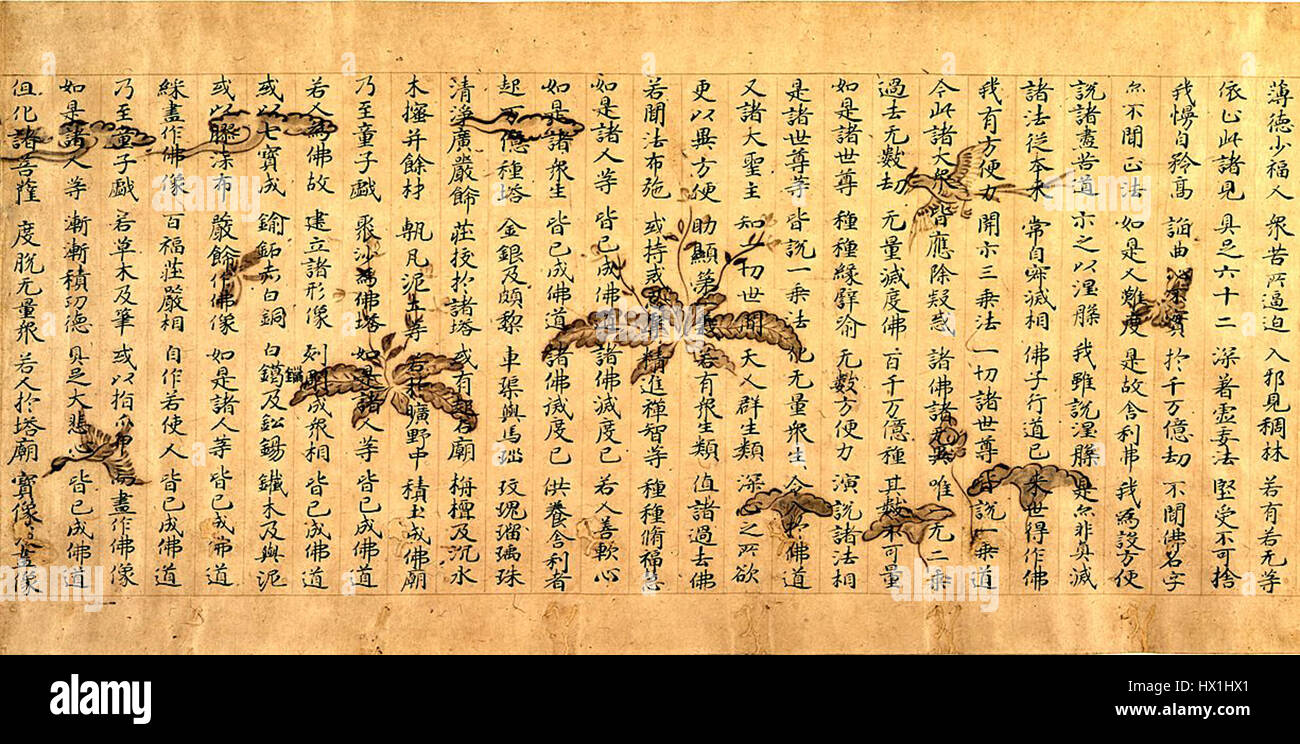

Click Sign in through your institution.

Shibboleth / Open Athens technology is used to provide single sign-on between your institution’s website and Oxford Academic. This authentication occurs automatically, and it is not possible to sign out of an IP authenticated account.Ĭhoose this option to get remote access when outside your institution. Typically, access is provided across an institutional network to a range of IP addresses. If you are a member of an institution with an active account, you may be able to access content in one of the following ways: His teachings opened the way for all people to awaken to their Buddha nature.Get help with access Institutional accessĪccess to content on Oxford Academic is often provided through institutional subscriptions and purchases. He defined this as “ Nam-myoho-renge-kyo,” the fundamental law that is the essence of all life and phenomena. Some 1,500 years after Shakyamuni’s passing, Nichiren (1222–82), a Buddhist priest in Japan, crystallized in universally accessible form the ultimate reality expounded in the Lotus Sutra. It can be inferred from this teaching that Buddhahood exists as a present and eternal reality in the lives of all people. Here Shakyamuni refutes the idea that he first attained enlightenment during his lifetime in India and reveals that he has in fact been a Buddha since the inconceivably remote past. Zhiyi discerned a deeply significant distinction between the first half of the sutra and second, where a radically new perspective on Buddhism is opened up. In the sixth century, the scholarship of Zhiyi (the Great Teacher Tiantai) in China did much to affirm the supremacy of the Lotus Sutra amongst the teachings of Shakyamuni. Myoho-renge-kyo), is considered to be particularly outstanding and facilitated the spread of the teaching in China and Japan. Several different Chinese translations were made from the Sanskrit version of the sutra, among which the translation by Kumarajiva (344–413), titled Miao-fa-lian-hua-jing (Jpn. In Sanskrit, the language in which it was first written down, the sutra’s title is Saddharma-pundarika-sutra.

While this Mystic Law cannot be easily explained, it is encapsulated in the sutra, and it is by devoting themselves to this sutra and sharing it with others, Shakyamuni says, that his disciples and future followers can manifest this law in their own lives.

It is the ultimate reality of life-the fundamental law that underlies the workings of all life and the universe and is expressed as all phenomena. Near the beginning of the sutra, Shakyamuni declares to his disciples that the principle, or “law,” to which he has become enlightened is of such profundity that it is difficult to speak about and can only be comprehended by the wisdom of the Buddha. Learn more about the Lotus Sutra’s historical and modern relevance in The Long Journey of the Lotus Sutra-A Message of Peace and Coexistence.


 0 kommentar(er)
0 kommentar(er)
